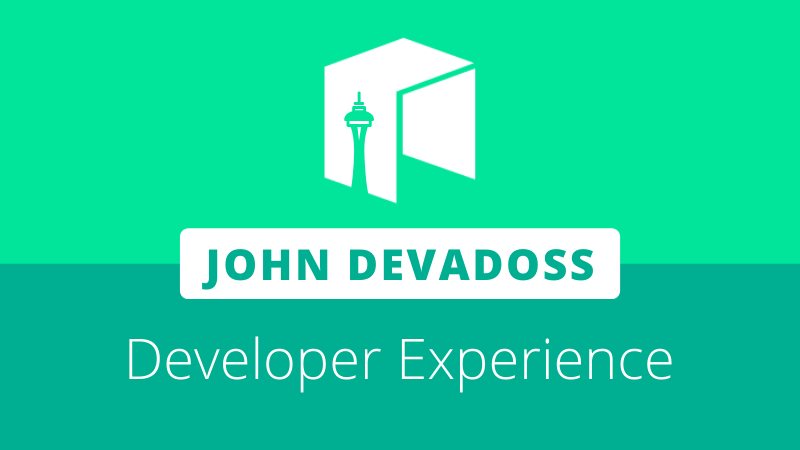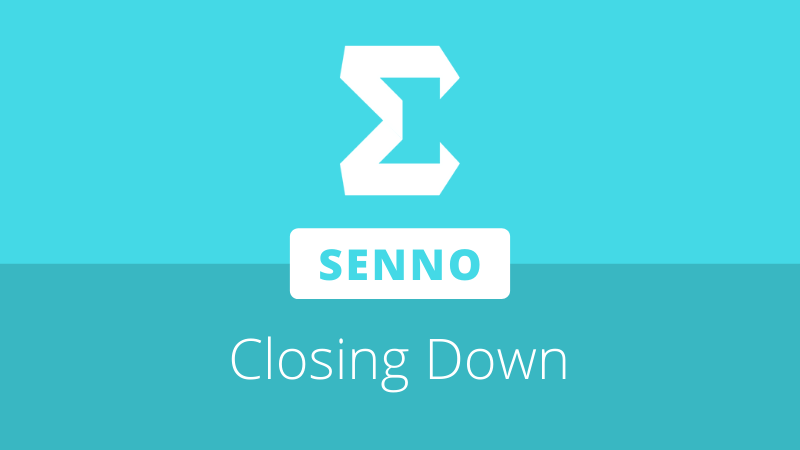
Neo Global Development (NGD) Seattle lead, John deVadoss, recently shared his thoughts on Neo’s progress towards becoming the most developer-friendly blockchain platform. The comments were made by the Microsoft veteran during his appearance on episode 31 of the Neo News Today (NNT) podcast.
The developer-friendly platform
deVadoss has pounded the table about the importance of establishing Neo as the most developer-friendly platform ever since the establishment of NGD Seattle in 2019.
Within a year, the organization delivered the Neo Blockchain Toolkit for VS Code v1.0 milestone – A Visual Studio Code extension that allows developers to easily run private network instances, create and debug smart contracts, and simplifies deployment and invocation to the blockchain. Recent updates have also included the addition of a Visual Token Designer and Microsoft-pioneered time-travel debugging.
When asked if Neo was achieving it’s goals and how he would evaluate which blockchain is the most developer-friendly, deVadoss stated:
So for me, two things. Productivity, in terms of the developer – we are leaps and bounds beyond any other stack out there. And I’m happy to go do a bake-off with anybody. We are absolutely, way beyond any other stack in terms of developer productivity.
Number two, the span of the toolset, whether it’s the debugger, whether it’s tracker, whether it’s the NeoFX frameworks, or the Visual Token Designer, nobody has laid the vision with the breadth and the span of what we have done for developers. So, on both counts, we are by and far way ahead of the rest of the field.
Part of NGD Seattle’s strategy has been to been to build upon the experience of its core team members within the Microsoft organization. Alongside other former Microsoft colleagues, Peng Huang and Harry Pierson, deVadoss and his team are combining Neo’s multi-language capabilities with tools that developers are already familiar with, such as Visual Studio Code.
In the most recent Stack Overflow Developer Survey, Microsoft’s Visual Studio Code was reported to be the most popular among all development environments at 50.7% usage. “Going to where there developers are” is a lesson deVadoss says he learned during his nearly years at Microsoft, and by taking this approach he believes Neo can make serious inroads in attracting a larger slice of the estimated 20 million developers that exist globally:
How many developers are there who know how to build a smart contract? Or even in some very strange, obscure language, like Solidity on Ethereum. It’s a very small number.
For blockchain to become mainstream, we need to get millions of developers. How we do it is not by making them come to us. We do it by going to where they are. We make it so easy, in about three or four minutes, to build a smart contract in the language of their choice. C#, Java, Python, Go, you name it, and in the tools of their choice. And that’s what we have done.
However, deVadoss and his team have not carried over all their habits from Microsoft. Being asked to reflect on his switch from an enterprise-level organization to an open source blockchain community, deVadoss expressed a relief to be free of bureaucracy and “work for the sake of work.”
He noted that in a large organization, “you have an 18-month plan, and by the time you ship something, the world has changed. The vision you had for the product doesn’t exist anymore in the market.”
NGD Seattle, on the other hand, has the freedom to be much more agile in its development approach and respond more quickly to changes in the market.
For [NGD Seattle], as a small startup, this notion of product-market fit is a daily activity. We assess daily and every week, so we’re able to be nimble and to ensure what we ship is meaningful and creating value for our developers, and customers, and users.
Choosing Neo
According to deVadoss, the establishment of the NGD Seattle office was predicated on a series of conversations and dinners throughout 2018 with Neo co-founders, Erik Zhang and Da Hongfei. deVadoss iterated that Neo leadership and himself shared a similar focus – “developers, developers, and developers.”
When asked why he settled on Neo as his blockchain platform of choice, deVadoss cited three key reasons, beginning with the platform architecture:
First of all, it’s the architecture of Neo – the design, the elegance, the loose coupling, and the scalability of the design is unparalleled. We have the best architecture. As a guy who spent 25 years in the software industry doing architecture, I can tell you we have the cleanest architecture.
Secondly, deVadoss highlighted Hongfei’s vision for a Smart Economy, defined as a goal to “digitize any and all assets.” deVadoss believes that the shift of assets from analogue to digital is the fundamental underpinning of the blockchain industry and expressed his respect for those within Neo who were able to define this vision many years ago.
Finally, he noted the “outstanding and unique set of people,” including Zhang, for who he reserved special praise:
I’ve met plenty of developers in my time over the years. I have not met someone like Erik. The way he is able to infuse, to bring together his strengths in terms of software and economics. I have not met a person like that. The level of almost-genius.
The entire episode 31 of the NNT podcast can be found below:








About The Author: Dylan Grabowski
Dylan is a reformed urban planner with a passion for covering the Neo ecosystem. His objective as a writer for Neo News Today is to report news in an objective, fact-based, non-sensational manner. When not behind a computer screen, he can be found in the mountains rock climbing. Find Dylan on Twitter (@GrabowskiDylan).
More posts by Dylan Grabowski